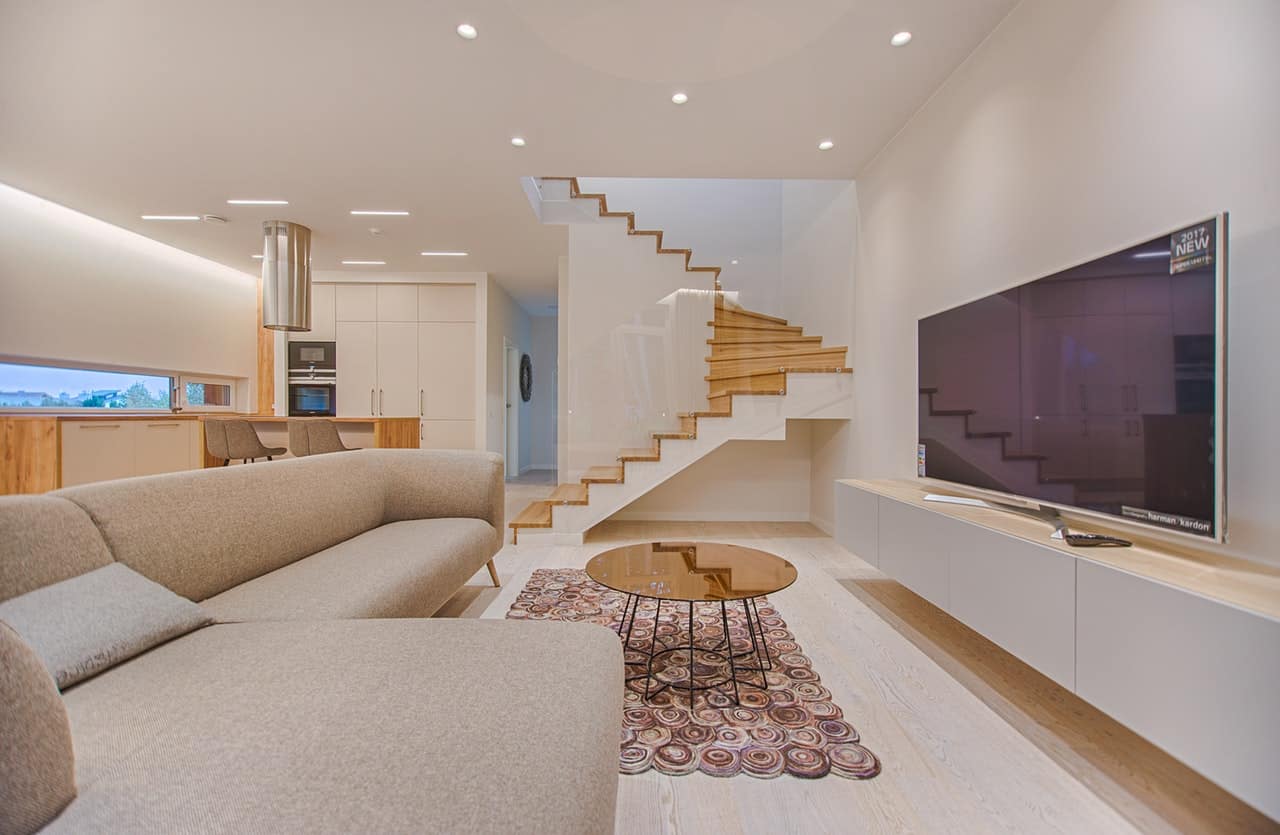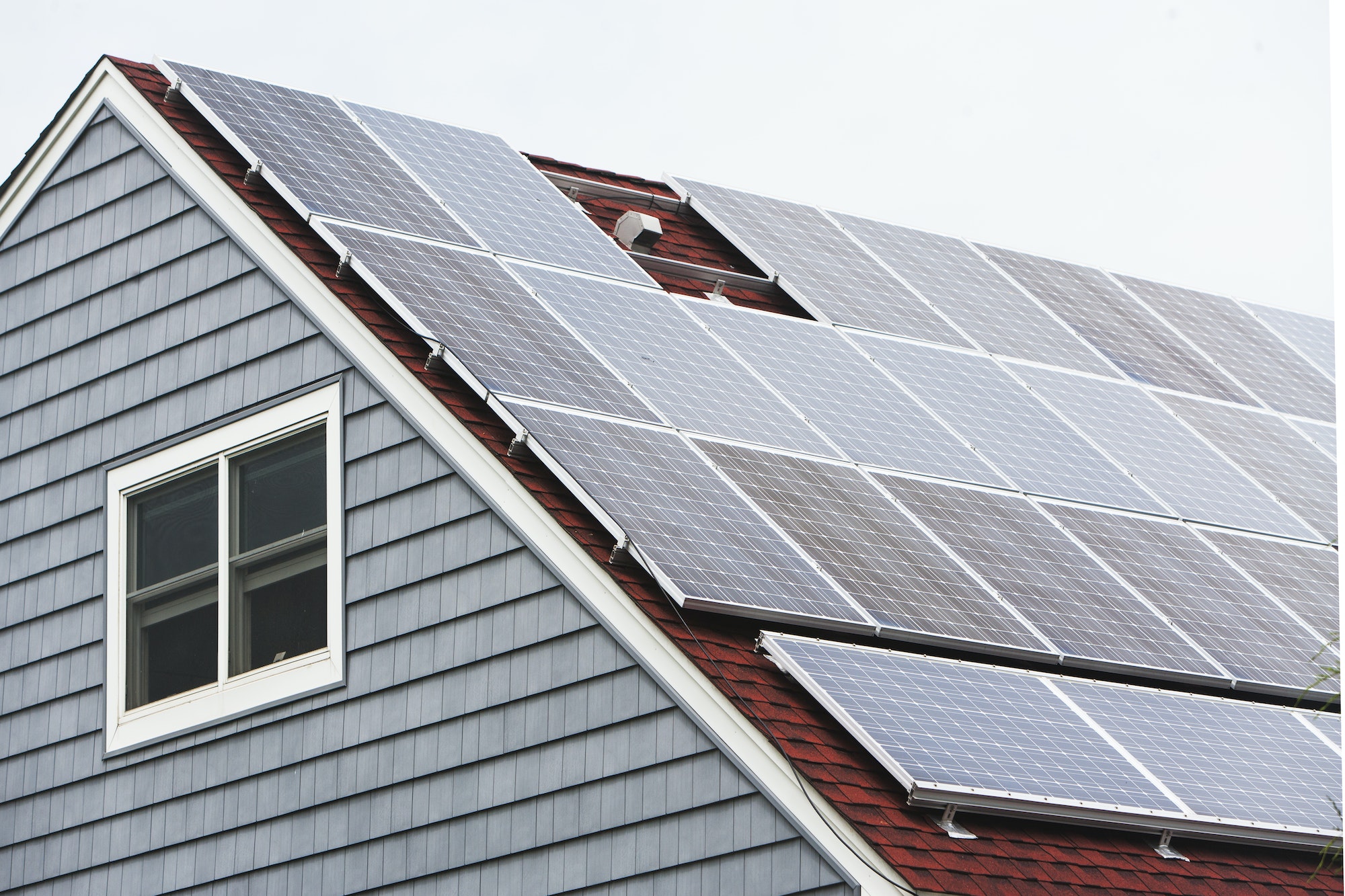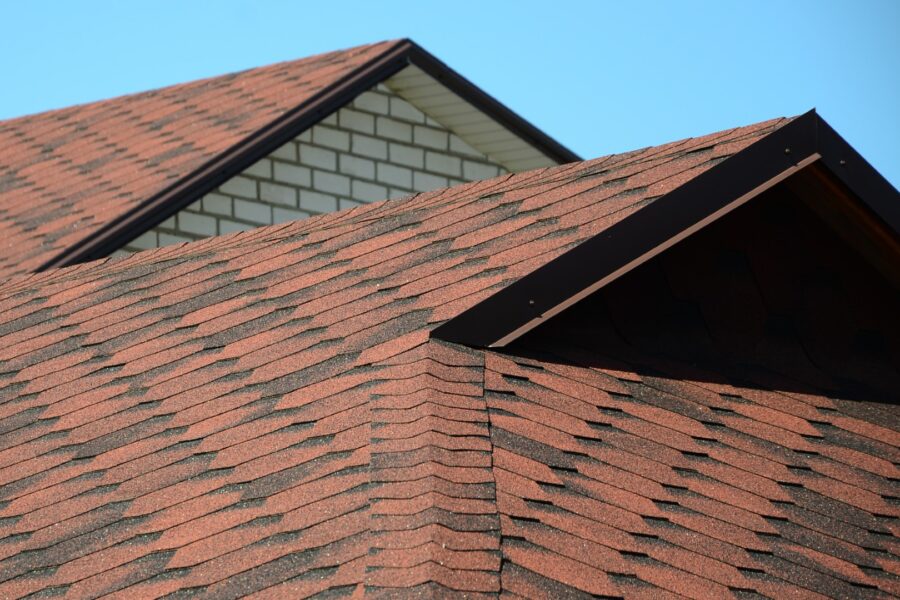Past and the present often intertwine in architecture and home design, creating spaces that reflect both historical influences and modern needs. This fusion allows architects and builders to craft homes that are not only functional and forward-looking but also rich in cultural and aesthetic value. Modern home design frequently draws upon historical styles, adapting and melding them with contemporary technologies and sensibilities to meet today’s living standards.
The influence of history on modern home design is evident in the way new constructions integrate classic elements. For instance, Blythwood Homes incorporates traditional designs, such as Colonial exteriors with modern interiors that feature open layouts, energy-efficient systems, and contemporary finishes. This approach honours architectural heritage while ensuring homes meet current standards and lifestyle demands.
Reviving Classical Aesthetics
One of the most visible ways in which historical influences permeate modern home design is through the revival of classical aesthetics. Elements like crown mouldings, hardwood floors, and grand staircases are reimagined in new constructions. These features are beloved for their beauty and craftsmanship, evoking a sense of timelessness while providing a high level of comfort and functionality.
Adapting Historic Colour Schemes
Colour plays a significant role in merging historical influences with modern design. Contemporary homes often utilize colour palettes inspired by different eras, such as the earthy tones prevalent in Tudor homes or the bold contrasts seen in Art Deco interiors. These historically inspired colour schemes are adapted to fit the light and space of modern homes, contributing to environments that feel both fresh and historically grounded.
Incorporating Traditional Materials with Modern Techniques
The use of traditional materials such as brick, stone, and wood in modern settings is another nod to historical influences. These materials are often chosen for their durability and aesthetic appeal and are now processed using modern techniques to enhance their functionality and sustainability. For example, treated wood can offer the visual appeal of historic homes while being resistant to pests and decay, making it suitable for contemporary living.
Blending Old and New Architectural Elements
Architects and designers also blend old and new architectural elements to create unique homes. For instance, large glass windows might be incorporated into a home with a traditional Tudor-style façade, allowing for natural light to enhance the interior without detracting from the historical charm of the exterior design. Similarly, modern homes may feature rooflines or porches that echo those found in historical neighbourhoods, providing a visual bridge between past and present.
Sustainability and Historical Design
Today’s emphasis on sustainability has also influenced how historical elements are incorporated into modern homes. Features like shutters, thick walls, and porches were originally designed for climate control in their respective eras and are now valued for their energy efficiency. Modern building techniques can enhance these features, improving their functionality while retaining their historical aesthetic.
In Conclusion
The enduring appeal of historical design elements in modern homes underscores a universal truth: good design transcends time. By incorporating historical influences, builders not only pay homage to architectural traditions but also create spaces that are relevant, comfortable, and beautifully integrated into the fabric of contemporary life.
Discover more from Futurist Architecture
Subscribe to get the latest posts sent to your email.



